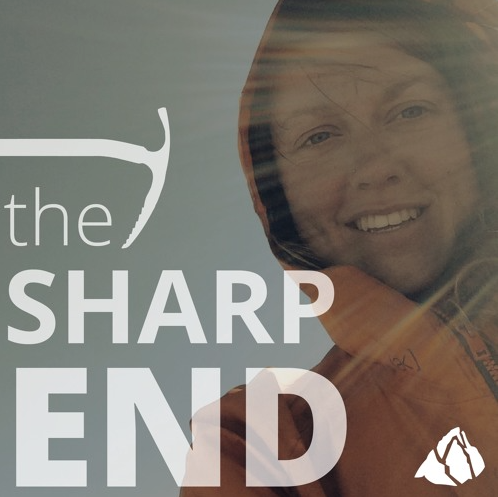Fatal Fall — Solo Climbing
Alaska, Denali, West Buttress Route, Denali Pass
On May 19, the NPS was contacted by a concerned family member of a Japanese solo climber named T. Hagiwara (mid-40s). He was on the West Buttress Route and was last heard from on May 13. Until that date, the climber had been regularly texting via his emergency satellite device.
NPS personnel and private climbers on the mountain confirmed that Hagiwara was last seen on May 15, ascending near Denali Pass. Data later acquired from the emergency satellite device revealed the last transmission location was in the upper Peters Glacier basin. The GPS point was 1,200 feet below Denali Pass on an approximate fall line down the western aspect.
On the morning of May 20, a ground team of NPS rescuers descended to the climber’s location and confirmed that Hagiwara was deceased. His body was recovered via helicopter long-line later that afternoon.
ANALYSIS
The slopes leading to Denali Pass have been the site of more than 20 fatal falls. Many of the deceased were solo climbers. This section of the West Buttress climbing route is deceptive. During midseason, the trail often consists of well-packed snow with frequent and fixed protection. The gentle, traversing ascent is not technical climbing. This can lull climbers into a false sense of security. However, the terrain beneath the traverse line steepens, and a slip in this area may result in a fall of more than 1,200 feet. Nearly every year, significant accidents occur on this section of the route.
Solo climbing increases the consequences of a fall. The inability to protect oneself in an unroped climbing or crevasse fall is a primary factor, and climbing alone also eliminates the possibility of a team rescue or notifying rescue services if incapacitated. If this climber had not died from traumatic injuries, he likely would have died from environmental exposure, given the four days that elapsed before the NPS was notified.
In addition, HAI can negatively impact decision-making and physical coordination. Climbing with a partner increases the likelihood of early recognition of HAI, particularly high altitude cerebral edema (HACE), which affects mental status and may not be apparent to the affected climber. (Source: Denali Mountaineering Rangers.)

